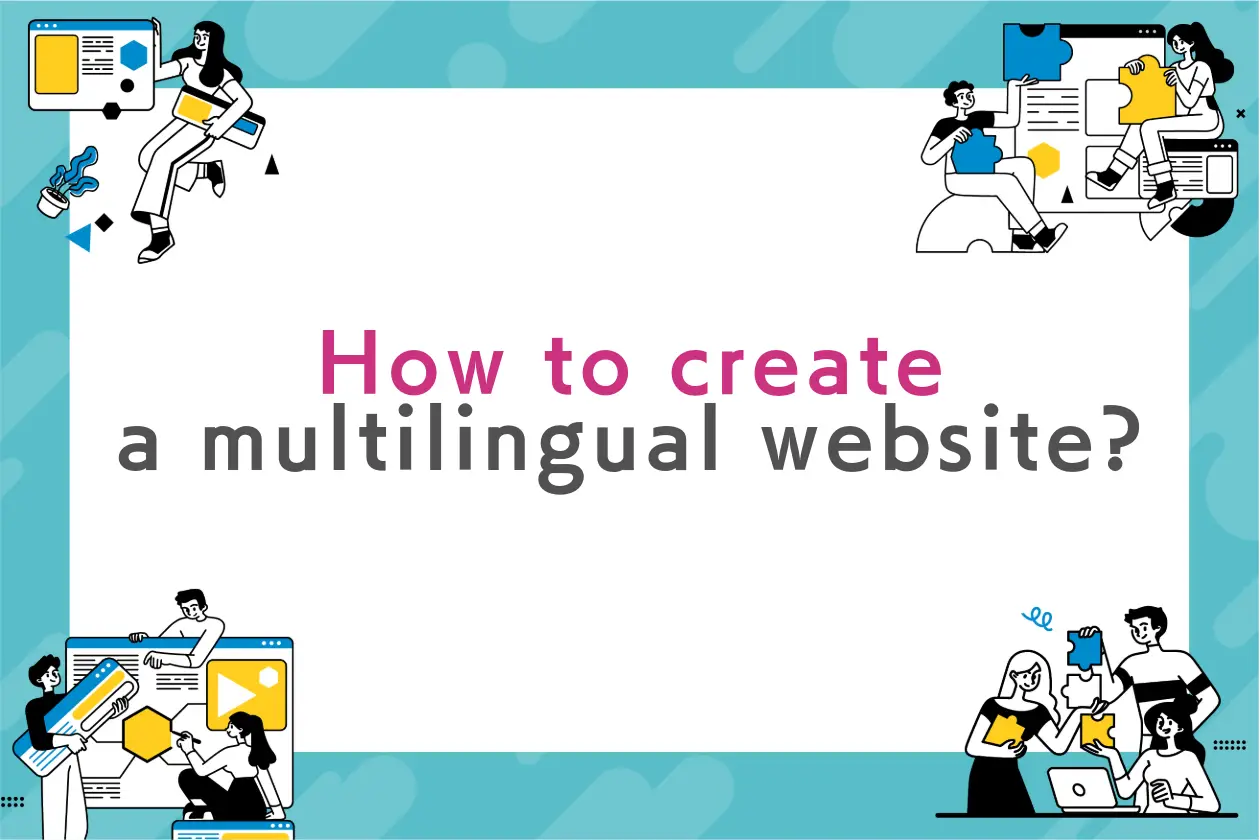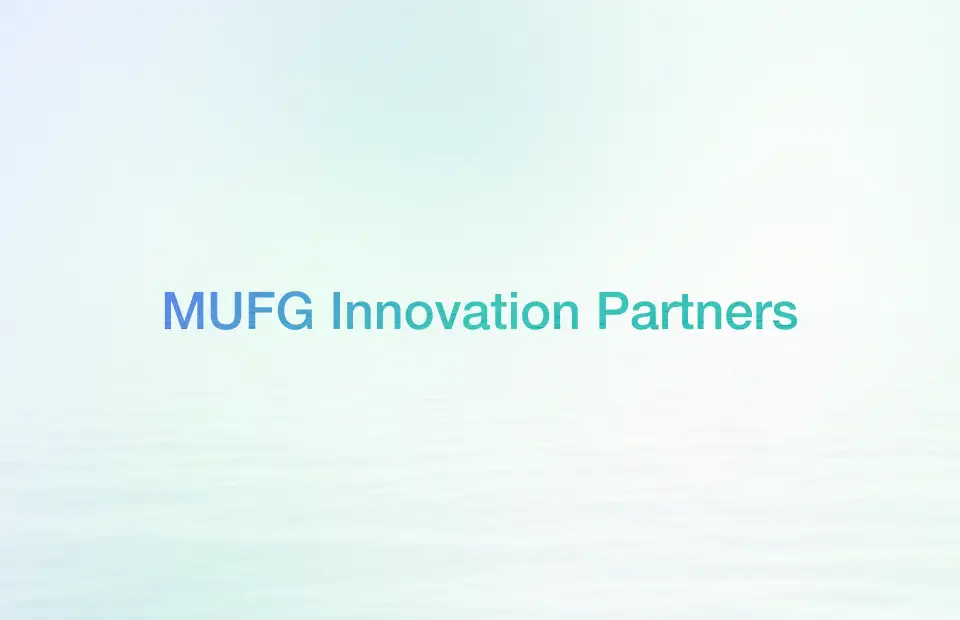How to create a multilingual website? A production company explains the necessity and cautions.|東京のWEB制作会社・ホームページ制作会社|株式会社GIG
BLOG
ブログ
How to create a multilingual website? A production company explains the necessity and cautions.
2023-10-01 制作・開発

For companies looking to expand their business not only into the Japanese market, but also into foreign countries and regions, it is now essential to create a multilingual website.
However, many people may feel that it is somewhat difficult to translate their website and switch languages.
In this issue, we will explain the necessity and benefits of creating a multilingual website, as well as the specific method of creating a multilingual website.
▼Example of multilingual site production handled by GIG inc.▼

What is a multilingual site?
A multilingual site refers to a site that makes its content available in languages other than its own.
For example, some restaurant websites not only translate menu information into English, Chinese, and other languages, but also add explanatory text to convey what kind of food is being served.
In this way, simply translating the text on a site from Japanese into a foreign language is not the only way to provide multilingual support.
Also, translating Japanese directly word for word may make it difficult to convey idiomatic expressions unique to the Japanese language, or may lead to unexpected exposure to taboos due to cultural differences.
As is the case with any content or product, it is necessary to pay attention to factors other than language when providing multilingual support.
Why do we need a multilingual website? Benefits of Creation
The Internet has become a part of our daily life infrastructure, and we can search for information from anywhere in the world with a single smartphone. For companies considering overseas expansion, a multilingual website is indispensable.
Here, we summarize the necessity and benefits of a multilingual website.
Advantage 1: A foothold for global business
If you are looking to expand overseas, you need to first let people in your target country or region know about your company.
If your website only has a Japanese version, you can hardly expect any PR effect to be seen overseas. However, if you have a site that appears in the native language of the local people, you will be able to appeal your company's appeal in no small measure.
A multilingual site will be very effective as a means of increasing awareness of your company and expanding overseas.
Advantage 2: Expected to attract inbound visitors
With the calming of the Corona disaster, foreign tourists are returning to Japan. Guidebooks and pamphlets are not the only ways for foreign tourists to gather information about Japan.
In today's society, it has become commonplace to use the Internet to research places to go and stores to visit in advance. If your website is multilingual, you will be able to show that your restaurant caters to foreigners.
If you can not only translate the menu information, but also explain in more detail what kind of food you are serving, it will give people a sense of security. If the restaurant becomes a topic of conversation abroad, it will be a good opportunity to attract other foreign tourists.
Advantage 3: It helps with corporate branding
Many users may have a positive image of a company or store that has a multilingual website, such as "proactive" or "promising.
The benefits of creating a multilingual website are not limited to appealing to users outside of Japan. It can also create a good impression on users and customers in Japan, as well as on global human resources who may work with your company in the future.
A multilingual site can also be useful for corporate branding itself.
How to create a multilingual site
WordPress, the world's leading CMS (a system for storing and managing all the text, images, design, and layout information that make up a site's content), actually has a number of plug-ins that allow you to create multilingual sites.
In addition, some homepage creation tools such as "Wix" and "Jimdo" come standard with functions for creating multilingual sites.
However, this time, we will not use such functions, but will simply explain how to create a multilingual site by translating existing pages into foreign languages.
Step 1: Decide on the languages and content to be translated
When a site is to be made multilingual, most likely all pages will be targeted for translation, but in some cases, limiting the content for translation can save time and cost.
The best way to narrow down the content to be translated is to select pages that are frequently accessed from overseas or that contain information for overseas users.
At the same time as selecting content to be translated, it is also important to make selections based on the countries and regions with the most access and the countries and regions where future expansion is expected.
Once the target user base is somewhat limited, a deeper look into the image of users in each country or region should lead to greater results.
Step 2: Translate
It is also necessary to choose a translation method. If you do not have much of a budget to spend on translation, one method is to choose machine translation. However, while machine translation is easy to use, you must also consider the possibility of wrong translation.
When using machine translation, be sure to include the subject before translating. Otherwise, what is intended to be "you" may be translated as "I" and the meaning may not be understood.
It is also important to use Japanese that is easily machine-translatable in advance, or to first translate the text from Japanese into another language, and then translate it back into Japanese to check if the meaning is understood.
In addition to machine translation, there are other methods such as hiring a translation company or crowdsourcing with freelancers. Although it is a matter of budget, it is also recommended to double-check the translation with a foreigner residing in Japan and a local foreigner once the translation is completed.
Step 3: Determine URLs for foreign language pages
The first step in building a multilingual site is to divide the URLs of foreign language pages. The following three patterns are the main methods of separating URLs for foreign language pages.
・Use a country-specific domain (ccTLD) (e.g., https://giginc.co.us)
・Use a subdomain (e.g., https://us.giginc.co.jp)
・Use a subdirectory (e.g., https://giginc.co.jp/en-us)
Each of the three URL structures has its own advantages and disadvantages, which are reviewed below.
【Using country-code domains (ccTLDs)】
The use of country-code domains (ccTLDs) is advantageous for sites that have a fixed number of countries in which they will be available in multiple languages. On the other hand, it is not suitable for sites in the United States, the United Kingdom, Australia, and other English-speaking countrie
【Using a Subdomain】
The advantage of using a subdomain is that a new site can be created using a subdomain, and it can be built in each language, such as English and Chinese. The advantage is that you can create a new site using subdomains and build it in different languages, such as English and Chinese. However, the disadvantage is that the site is divided into separate sites, which increases management effort and tends to lower the search engine ratings.
【Using subdirectories】
The subdirectory method can be used to publish a site by simply creating a page called "/en-us" in English, for example. The advantage of this method is that you can manage all your domains together without having to change them, but it also has the disadvantage of making it easier for users to get lost on your site.
Step 4: Create foreign language pages using subdirectories
We have looked at the three patterns of URL structure, and considering the ease of site management and SEO aspects, we believe that using "subdirectories" is the best way to build foreign language pages.
In fact, you may have seen corporate sites of global companies that are marked "/en-us" or "/zh-cn" after the regular domain.
Therefore, in the following creation procedure, we will proceed with the explanation assuming the creation of foreign language pages using subdirectories.
Step 5: Setting up categories and permalinks
Once the subdirectories have been created, you may set up categories and permalinks to make the URLs of the foreign language top page and foreign language articles easier to understand.
A category is a classification of articles, and a permalink is a URL for each page. For example, if the URL is "https://giginc.co.jp/blog/multilingual-website", the category is the "blog" part and the permalink is "https://giginc.co.jp/blog/multilingual- website", which refers to the entire URL string.
When making the above content multilingual, it is recommended to use a URL structure of the form "https://giginc.co.jp/en-us/blog (category name)/multilingual-website (URL of individual page)" to reflect the subdirectory you have created. It is recommended.
Note that WordPress includes the string "Category" in permalinks by default, so you should remove it by "using a plugin" or "reviewing the permalink settings".
Step 6: rewrite meta tags within the head tag
This is a bit complicated, but we must not forget to rewrite the "meta tag" within the "head tag" of the page in order to change the code that specifies in which language the text in the page is written.
※head tag: html (language for creating pages. It is a tag used to define information for the entire text written in html (a language for creating pages, used in most websites in the world). As the name suggests, it is often used at the beginning of a page to define the language (Japanese or English, etc.), page title, etc.
※Meta tag: A tag written in the head tag. Meta tags are used to define detailed information such as language and page title individually.
Specifically, change "<html lang="ja">" to "<html lang="en">" in the file header-en.php.
Then, change the program slightly to tell the search engines that the English version of the page is here. Specifically, add the tags "<link rel="alternate" hreflang="xxx (language/region code)" href="◯◯ (URL)">" to the Japanese and foreign language pages respectively.
The <link rel="alternate"> tag is used to indicate an alternate page. The word "alternate" means "different" or "alternative" in English, and this series of tags is used to specify the URLs of pages for other regions or languages on multilingual sites.
Google recommends specifying the following three types of URLs with <link rel="alternate"> tags
・URLs for pages in other languages
・URL of the Japanese page
・URL of the default language page
For example, for a bilingual page (English and Japanese), three URLs would be specified: the URL for the English page, the URL for the Japanese page, and the URL for the default language, as shown below.
・<link rel="alternate" hreflang="en" href="https://giginc.co.jp/en/">
・<link rel="alternate" hreflang="ja" href="https://giginc.co.jp/ja/">
・<link rel="alternate" hreflang="x-default" href="https://gig.co.jp/ja/">
However, the above process is quite complicated and may cause extensive damage to the entire website if the operation is done incorrectly. If you are unsure, use a WordPress plugin for creating a multilingual site, or use the translation function in your website creation tool.
Step 7: Create an XML sitemap for foreign language pages
Don't forget to create an XML sitemap for your foreign language pages and register it with Google.
XML sitemap: A map to tell search engines about the structure and contents of pages on your site.
To register it with Google, use the "Google Search Console" tool. The site map is a simple, easy to use tool that allows you to create a sitemap of your website.
It takes about 1 week to 10 days for your site to be indexed (displayed in Google's search results) after it is registered in the sitemap.
Points to keep in mind when creating a multilingual site
Finally, let's review some points to keep in mind when creating a multilingual site.
Caution 1: Do not use machine translation as-is.
Although machine translation technology is improving, it is still true that there are still many unnatural points. If you use the translation results as is, it will have a variety of negative effects.
If you use machine-translated articles as they are, readers may think, "The Japanese translation of this article looks strange. ......? and this will lead to a loss of readers.
In addition, according to Google's "Google Quality Guidelines," articles generated by machine translation may be subject to penalty.
If site visitors have a negative image of your site and you have to be penalized by Google, there is no point in making your site multilingual. Do not use machine-translated articles as is.
Caution 2: Design and SEO preferences and trends differ from country to country.
Once the page translation is complete, be aware of the design and SEO preferences of each country, and do not be too caught up in the Japanese norm.
Although trends are averaging out worldwide these days due to globalization, as long as languages and religions differ, country-specific characteristics are alive and well.
Design preferences, user needs, and search keyword trends differ from country to country, so it is necessary to perform SEO to ensure that the site in each language you create will appear in search results, and to prepare a design that will satisfy users.
For design, analyze the websites of major services in each country to discover trends in preferred design and apply them to the design of foreign language pages, etc. For SEO, conduct keyword research in the language you are translating into and tailor SEO to each country based on the results. SEO can be done in accordance with the results of keyword research in the translated language.
Caution 3: Creating a button to switch languages is a must.
When I visit a foreign company's website, if there is a button to switch to Japanese, I immediately switch to Japanese to browse the site. How about you?
In fact, if there is a button to switch languages, people from overseas will be able to browse the site smoothly. In other words, the site will make a good impression on users.
Furthermore, simply designing a language-switching button with the flag of a country will create a stylish site with an international feel.
Creating a language-switching button is a must when creating a multilingual site.
Leave the creation of your multilingual website to GIG!
If you have any questions or concerns about the production or operation of a multilingual website, please contact GIG. We are proud of our extensive experience in website production, and we have built up close and careful communication with our clients.
We have a wide range of work available, and in addition to handling website renewals, we also provide comprehensive support for web marketing, SEO, keyword design, clarifying issues faced by the client company, and planning, operation, and improvement to achieve the client's objectives.
We offer a free consultation, so please contact us for more information.
WebやDXの課題、無料コンサル受付中!

GIG BLOG編集部
株式会社GIGのメンバーによって構成される編集部。GIG社員のインタビューや、GIGで行われたイベントのレポート、その他GIGにかかわるさまざまな情報をお届けします。







